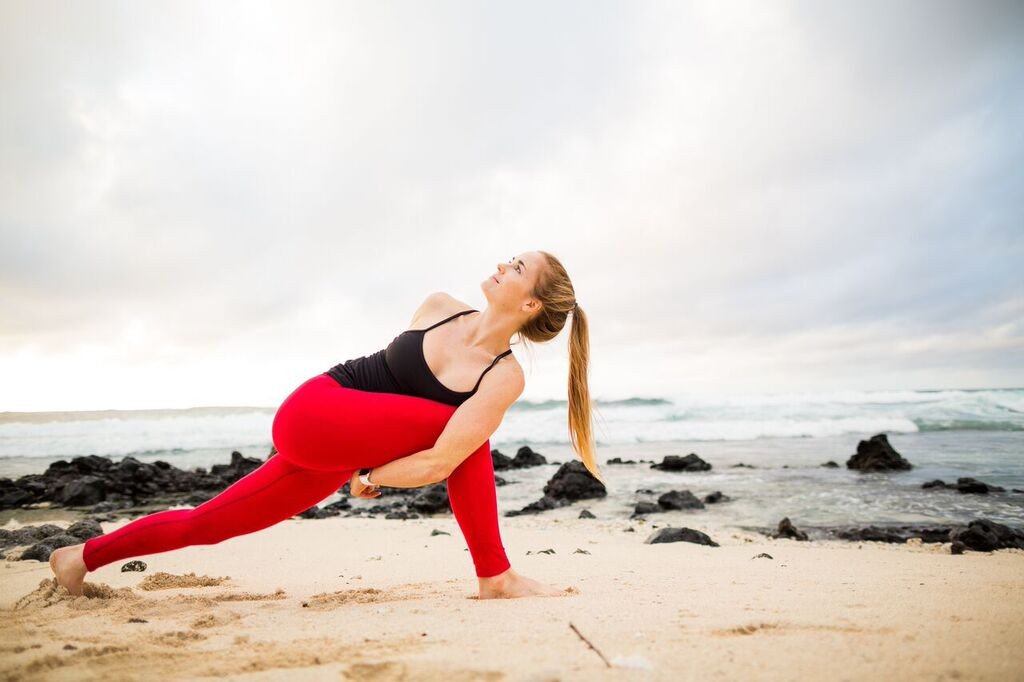
Aloha Yogis,
Happy Saturday! Admittedly, my academic year has already taken ahold of my schedule. With it, I feel a lot of stress to get things done. I know I am in good company with these feelings. Which is why I wanted to reach out to you and share what I do to spark productivity and maintain happiness in busy/hectic times, enter my non-negotiables list. That's right, my tip is to make a list. Figure out what it is you need in your day in order to live into the best version of yourself.
I have a few non-negotiables, that I know I need in my day. I fit them in, no excuses, as it is better for myself and all of those around me!
Here is my non-negotiables list:
1) morning oil pulling - once you start, you can't go back. it feels so clean and rejuvenating. ultimate reset.
2) journaling - anything, free flow, check in, let it out, inspire yourself.
3) coffee - need I say more? sometimes I do hot chocolate (yes, even in Hawaii).
4) healthy food/plenty of water - all the fruits, veggies, beans, nuts, I eat a lot.
5) vitamin D from sunlight - enter endorphins, energy, essential vitamins, circadian rhythm reset.
6) outdoor running - cardiorespiratory health, fresh air, and that vitamin D (again).
7) yoga - moving my body every day of this life, because I want to maintain my ROM and feel good, always. I also like to get that lymph flowing, blood flowing, and again, endorphins.
8) standing up every hour - typically included - 30-60 seconds of squats (true story, even at 11pm. last stand hour of the day, you get me?).
9) time with my Derek - this one, is so important. I love him dearly, but we are both busy people. we are better together, and quality time with him makes me better, period.
10) quiet time with candles - is there anything quite like a dimly lit room with a delicious smelling candle? just the imagery of this brings me inspired peace.
11) reading in bed - generally reading everything these days, I ended up purchasing kindle unlimited over quarantine.
These are my resets, this is what I need.
While I didn't intend to make this list in the chronological order of how my non-negotiables fall in my day, it ended up following the actual order. To be clear, I know I will be okay, if one of these 11 items doesn't happen. However, I generally hit all of these in a day, or at least try to. One day per week, I don't run, but I usually have to push myself not to run!
I've communicated this list to my husband, he knows this list as well. Which is helpful, because he can check in with me when I've been sitting at my computer all day and say, 'hey, did you get outside yet?'
Different from the "shift-list"
In the goal chaser series I lead, I have the students make a "shift-list" - they write out effective ways in which they can shift back into living their values. We all go 'below the line' at times, meaning we lose sight of our values in a moment (ie being short with someone) and we are reactive. It might be that we are thirsty, tired, in need of alone time, you name it.
Write your own non-negotiables list - you are that important.
Shift-list aside, I am suggesting that you write a list of non-negotiables. In other words, this is not the list to get you to shift when you need to be pulled back above the line, but rather, this is a list of your essentials. You want to check these boxes everyday - they are preventative. Your list will help you stay restored. Make your own list, because each of us will have different items.
The older I get, the more effective this list has become. It's a really helpful tool, a non-negotiables list. A composed list signifies that you know, and love yourself enough, to honor what you simply need in order to show up fully in a moment, again and again. I hope you can make a list that has you jumping out of bed in the morning, for real!
I would love to hear from you! Feel free to reply to this email and share some of your non-negotiables with me.
Cheers to endorphins, coffee, and 11pm squats,
LM


